50+ Sample Letter Of Application
-
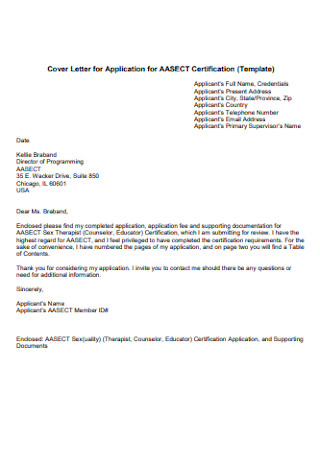
Cover Letter for Application for Certification
download now -
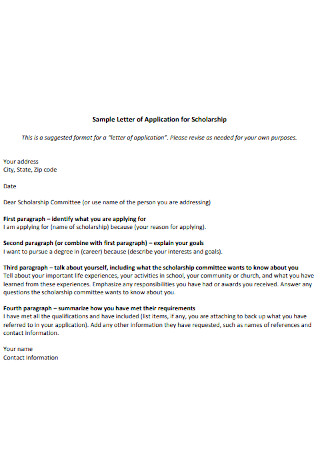
Sample Letter of Application for Scholarship
download now -
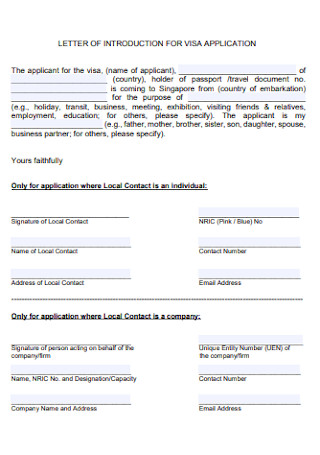
Letter of Visa Application Form
download now -

Letter of Application for School
download now -
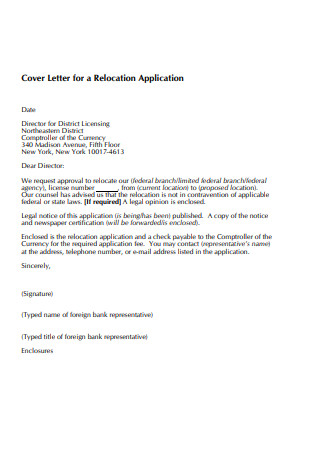
Letter for Relocation Application
download now -
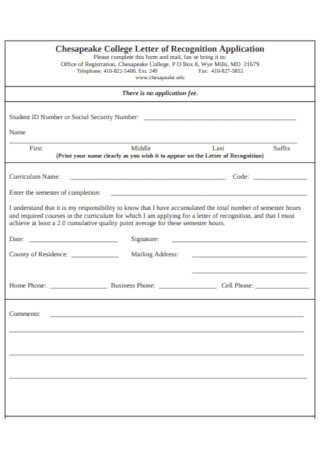
College Letter of Application
download now -
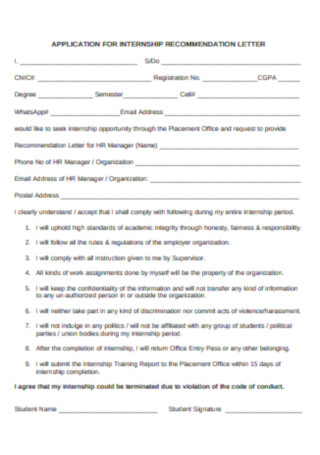
Letter of Application for Internship Recommendation
download now -
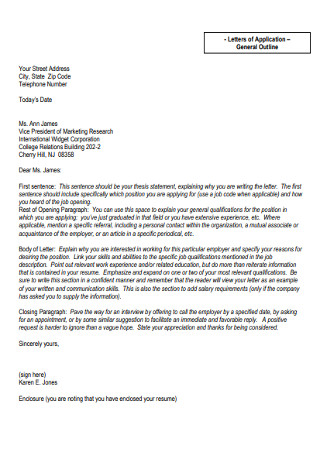
Thank You Letter of Application
download now -
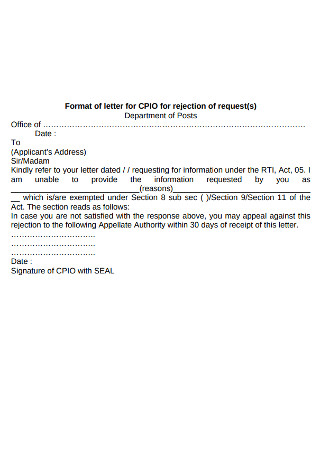
Letter of Application Rejection
download now -
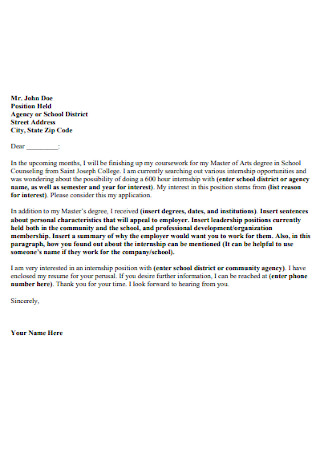
Letter of Application Format
download now -
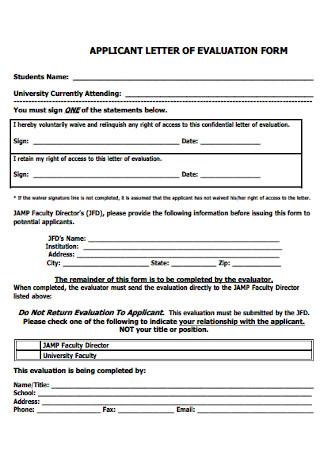
Letter of Application Evaluation Form
download now -
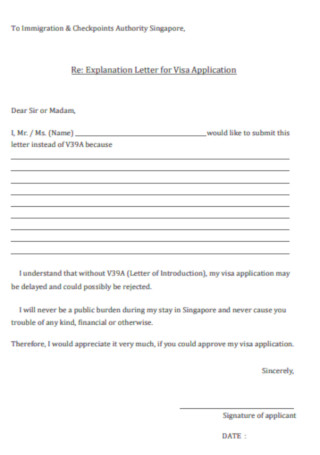
Sample Letter of Visa Application
download now -
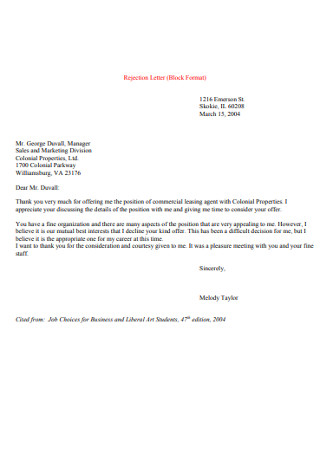
Application Rejection Letter
download now -
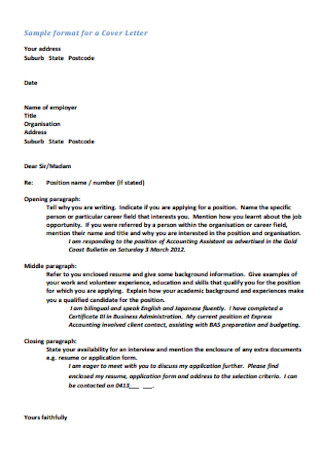
Application and Cover Letter
download now -
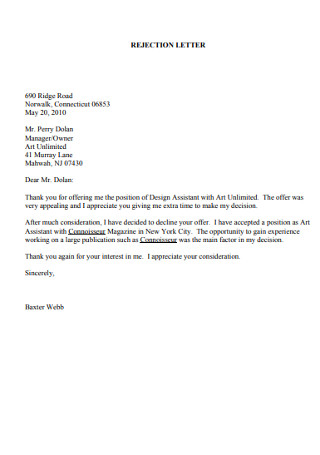
Owner Application Rejection Letter
download now -
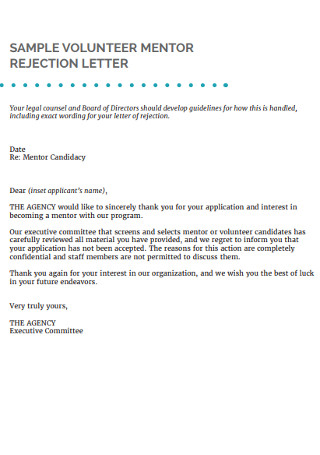
Volunteer Application Rejection Letter
download now -
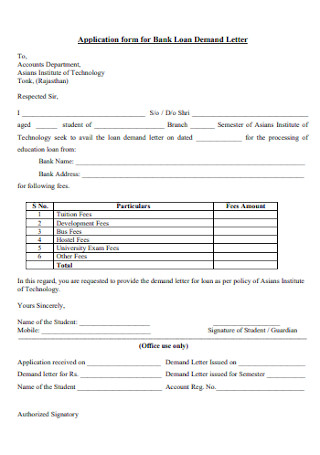
Application for Bank Loan Letter
download now -

Application Cover Letter Example
download now -
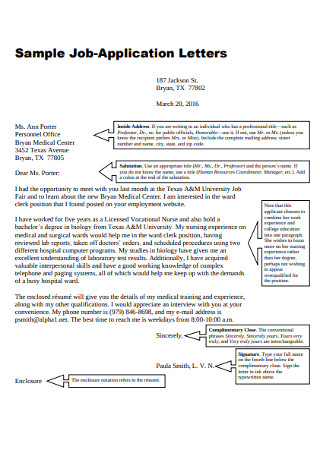
Job Application Letter
download now -
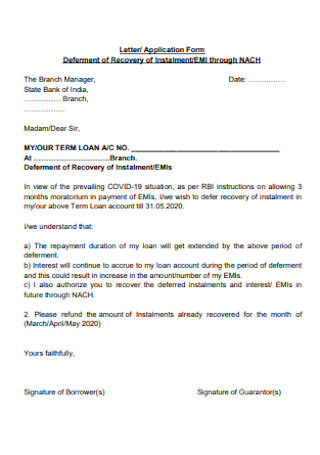
Sample Letter of Application Form
download now -
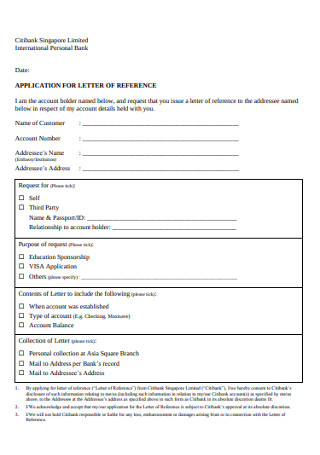
Personal Reference Application Letter
download now -

Sample Military Application of Letter
download now -
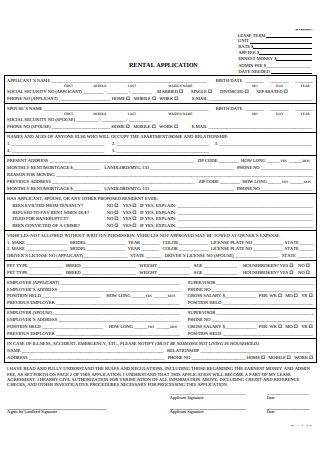
Rental Application Letter
download now -

Simple Letters of Application
download now -
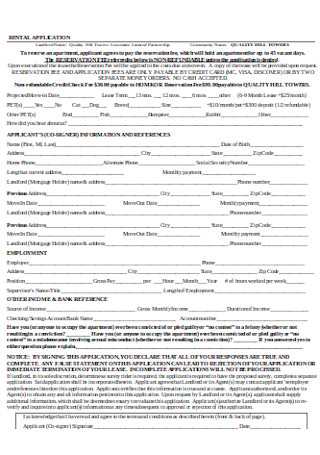
Rejection Letter of Application
download now -
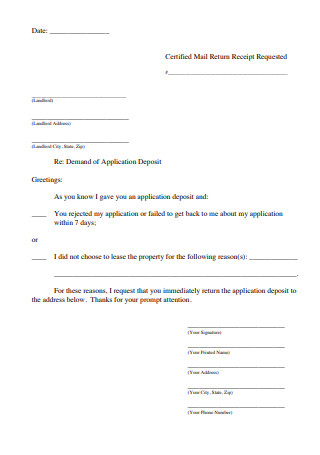
Demand Letter of Application
download now -
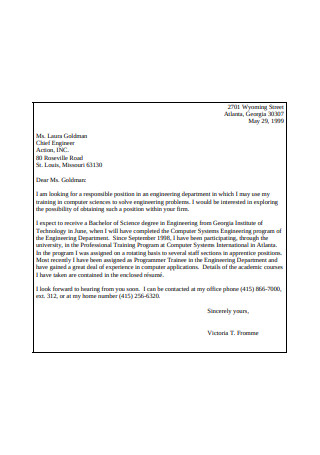
Letter of Sales Application
download now -
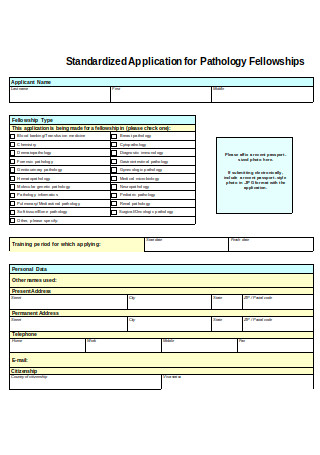
Application Letter of Recommendation
download now -
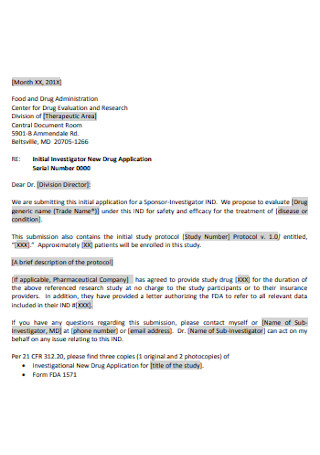
Letter of New Drug Application
download now -
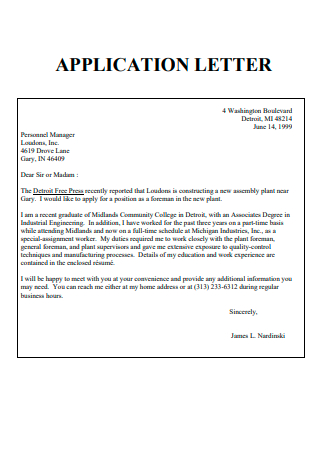
Application Letter in PDF
download now -
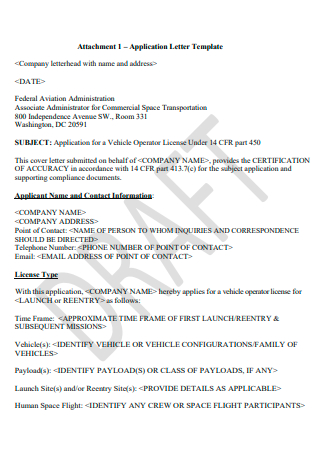
Draft Application Letter
download now -
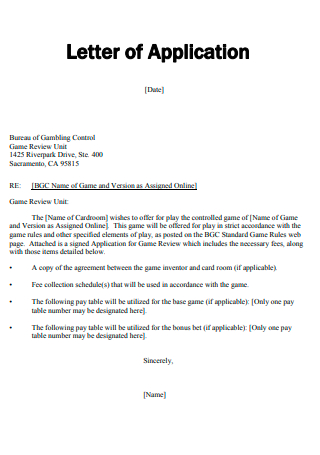
Printable Letter of Application
download now -

Letter of Application Format
download now -
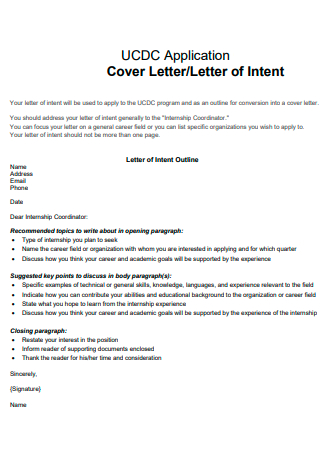
Application Letter of Intent Outline
download now -
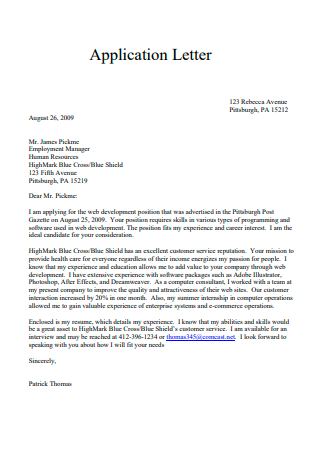
Standard Application Letter
download now -
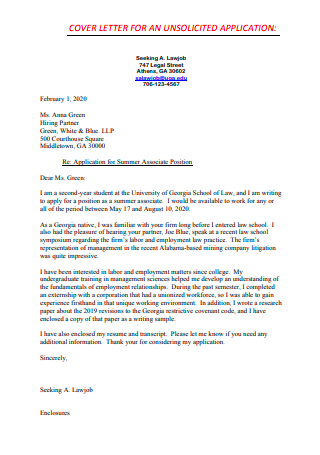
Unsolicited Application Cover Letter
download now -
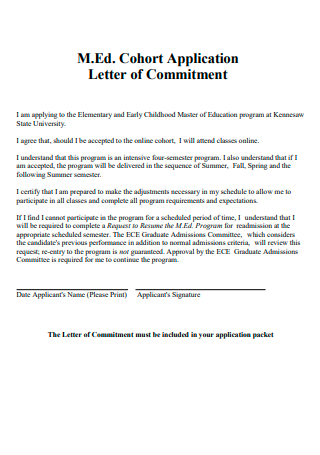
Application Letter of Commitment
download now -
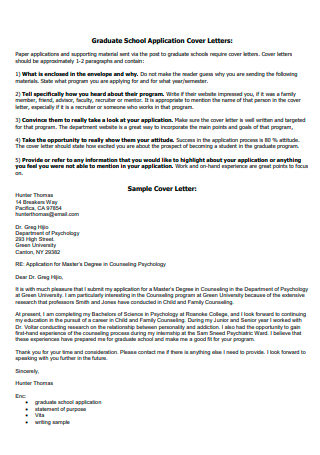
Graduate School Application Cover Letter
download now -

Apartment Letter of Application
download now -
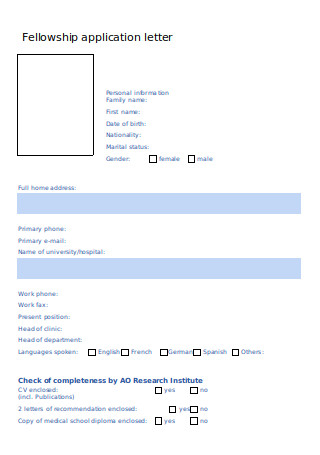
Sample Fellowship Application Letter
download now -
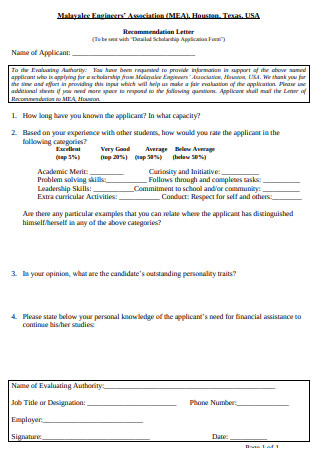
Scholarship Application Recommendation Letter
download now -

Education Letter of Application
download now -
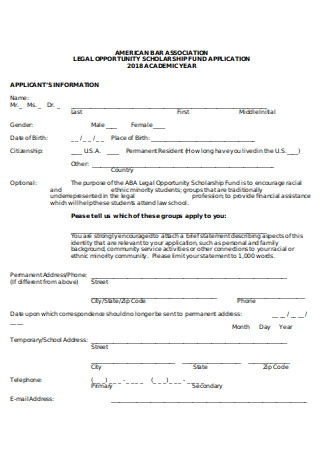
School Letter of Application
download now -
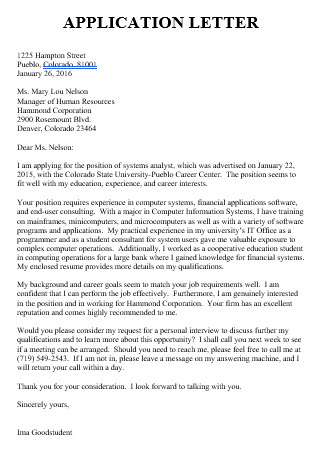
Basic Application Letter
download now -
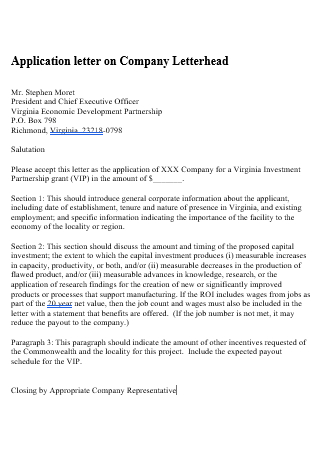
Application Letter on Company Letterhead
download now -
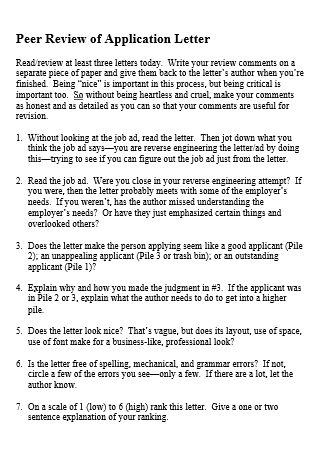
Review of Application Letter
download now -
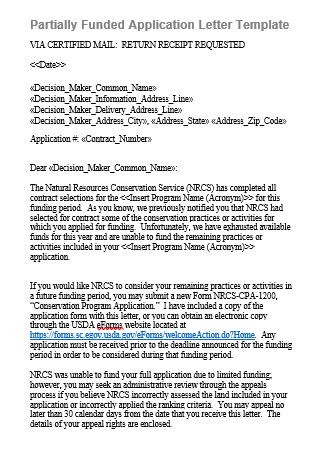
Partially Funded Application Letter
download now -
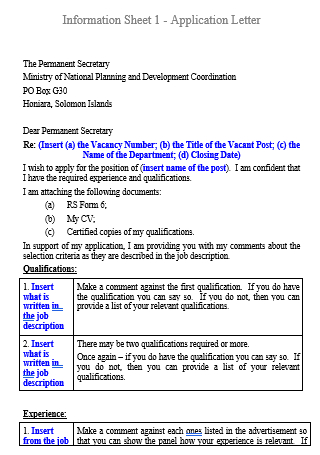
Information Sheet Application Letter
download now -
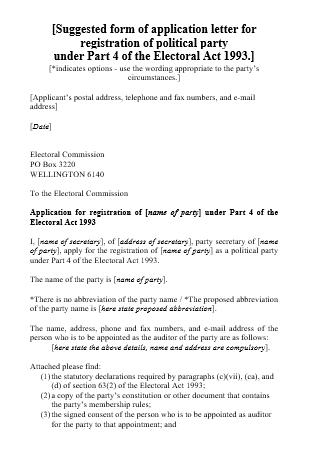
Application Letter For Registration of Political Party
download now -
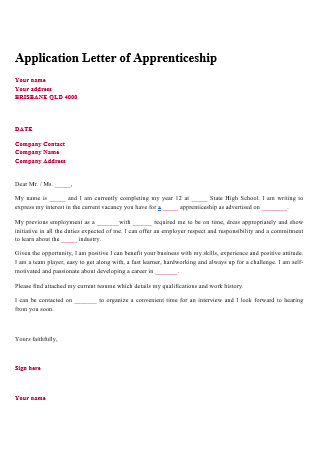
Application Letter of Apprenticeship
download now -

Application Letter in DOC
download now
FREE Letter Of Application s to Download
50+ Sample Letter Of Application
What Is a Letter of Application?
Letter of Application and Its Components
How to Create a Letter of Application
FAQs
What are the types of cover letters?
What is the difference between a letter of application and a biodata?
What are the types of employment applications?
What Is a Letter of Application?
The letter of application or cover letter is the official document used to write about your experience, skills, and other information as an applicant. And the letter of application is sent along with your resume to the employer. So in case, there is a job opening, HR should expect to receive application letters to find out which candidate is qualified for the job. Also, the letter should address the position being applied for and why one qualifies for the position.
Glassdoor reported that each job offer attracts nearly 250 resumes on average; and out of the four to six candidates being interviewed, only one would succeed.
Letter of Application and Its Components
Yes, it is clear that any applicant who wishes to qualify for a new job would send a letter of application. But what exactly does this letter contain? Generally, a letter of application contains six important components. And they consist of the following:
How to Create a Letter of Application
Now that you know what a letter of application is, including its basic components, how about you start applying what you have learned by making the letter itself? It is super easy! In fact, you won’t have to start from scratch, thanks to the sample letters of applications listed above. Simply select a sample letter to edit the format, design, download, and print. And to ensure you make the letter as intended, kindly follow these steps:
Step 1: Focus on Your Intention
Yes, you are about to make a letter of application. But what are you applying for in the first place? Applications aren’t simply limited to job applications. You can apply for a student scholarship, internship, sports program, entertainment, and so many more. Focus on your goal or purpose no matter what so you won’t lose track of what to write about.
Step 2: Add the Letter’s Components
Review the main components of an application letter, which were already discussed. Down from the heading down to the signature, insert them into your letter accordingly. Such components make a complete letter of application anyway. But, the challenge is to make sure you arranged all your details in the document appropriately. Don’t simply insert elements without arranging them.
Step 3: Balance Being Direct and Detailed
A letter of application is supposed to be simple and short. But not to the point where you lack the important details already. Try to put as many relevant details as possible, if they are really going to help you qualify for the position. However, wordiness is a no-no. Be direct so employers don’t have to spend so much time reading your letter.
Step 4: Stick to the Truth
As much as people want to impress employers to get their desired job, always be truthful no matter what. You could get blacklisted by other companies by lying about your many years of work experience yet you are actually just a fresh graduate. In short, no business wants to work with a liar. If you are still new, there is still room for more training and experience anyway until you can polish your achievements. So to prove your sworn truth, sign the letter in the end.
FAQs
What are the types of cover letters?
There are three basic types of cover letters—the application, the prospecting, and the networking cover letters.
What is the difference between a letter of application and a biodata?
A letter of application is where you talk about yourself to request for a job or simply for self-recommendation. Meanwhile, a biodata is where you simply describe yourself so there is no need to mention your qualifications for something.
What are the types of employment applications?
The two main types of employment applications are solicited and unsolicited applications. Solicited means the application letter was in response to a job ad while the unsolicited is simply a job application of an unannounced job vacancy.
A single letter of application is like a lottery. You may get the job you are applying for or not. But what makes it different is you do have the chance to win, not just out of luck. If you can introduce yourself with your years of experience, academic performance, personal training, and other excellent qualifications, then your effort will surely pay off in the end. So be sure you create a truthful and appropriate introduction with sample letters of applications. Try it now!
